Best Practices for the Maintenance and Inspection in Marine Lifeboats
Marine lifeboats are critical safety components on board vessels, designed to provide a means of escape and survival in the event of an emergency. Ensuring these lifeboats are in optimal condition requires rigorous and regular maintenance and inspection. Proper upkeep not only adheres to international safety standards but also assures the safety of crew members in times of need.
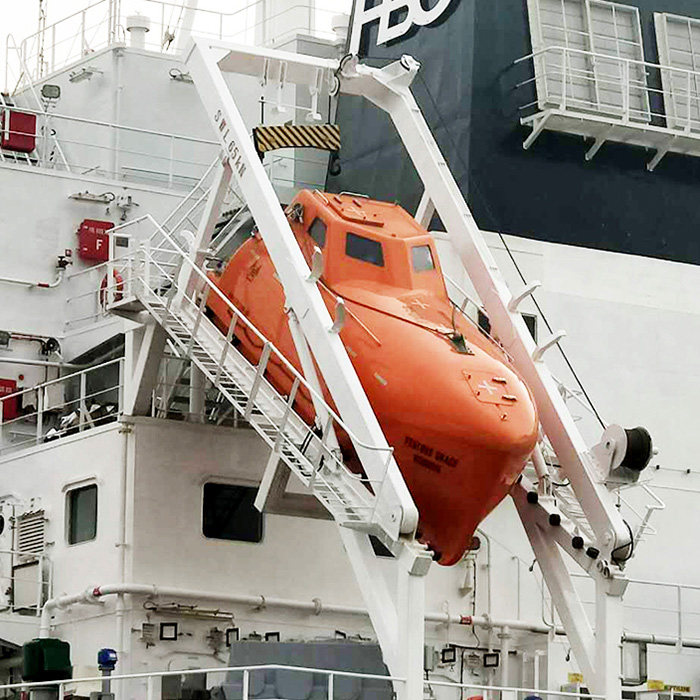
Importance of Maintenance and Inspection for Marine Lifeboats
Here is a chart summarizing the key reasons highlighting the importance of maintenance and inspection for marine life boats.
| Aspect | Importance |
| Operational Readiness | Ensures life boats are ready for immediate deployment in emergencies. |
| Verifies all systems are operational, including engines and communication devices. | |
| Enhanced Safety and Survival | Compliance with safety standards (e.g., SOLAS) ensures crew protection during emergencies. |
| Reliable lifeboats increase the likelihood of successful evacuations. | |
| Mitigation of Environmental Challenges | Prevents corrosion and degradation from exposure to saltwater and harsh conditions. |
| Extends the lifespan of lifeboats by addressing wear and tear promptly. | |
| Compliance and Regulatory Requirements | Meets legal obligations and avoids penalties associated with non-compliance. |
| Facilitates audits and demonstrates adherence to regulatory standards. | |
| Operational Reliability | Minimizes downtime through preventive maintenance and scheduled servicing. |
| Reduces overall maintenance costs by preventing major repairs and failures. | |
| Professional Competence and Training | Enhances crew competence in handling lifeboat operations and emergencies. |
| Ensures personnel are skilled in maintenance and inspection tasks. |
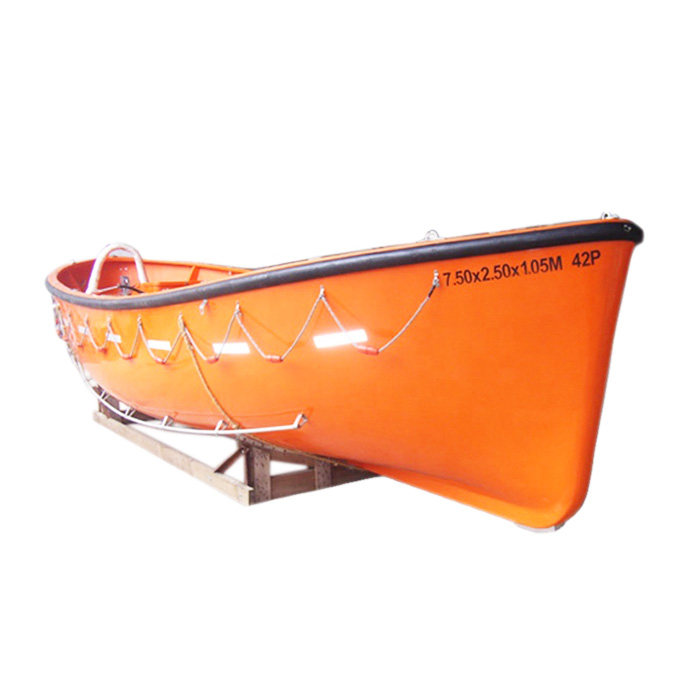
Key Components of Maintenance in Marine Lifeboats
1. Hull and Structure
- Inspection for Damage: Regularly inspect the hull for cracks, corrosion, or structural damage.
- Cleaning and Painting: Clean the hull to remove salt and debris, and ensure it is properly painted to prevent corrosion.
2. Launching Mechanisms
- Davits and Winches: Inspect davits and winches in lifeboat launching systems for wear and tear. Lubricate moving parts and ensure proper operation.
- Ropes and Cables: Check ropes and cables for fraying, corrosion, or damage and replace them as necessary.
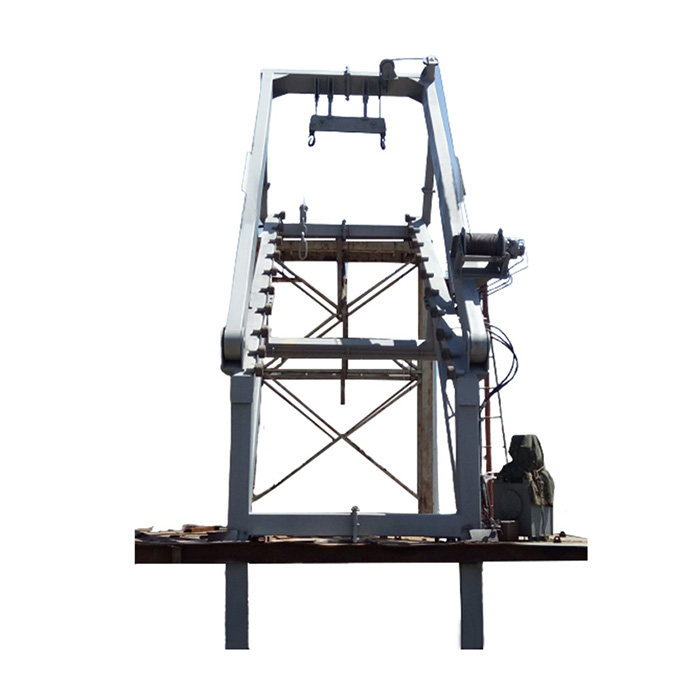
3. Engines and Propulsion
- Engine Checks: Perform routine engine maintenance, including oil changes, fuel filter replacements, and inspection of belts and hoses.
- Propellers and Shafts: Inspect and maintain propellers and shafts to ensure they are free of obstructions and damage.
4. Safety Equipment
- Life Jackets and Lifebuoys: Check the condition and quantity of life jackets and lifebuoys, ensuring they are easily accessible.
- Emergency Rations and Water: Inspect emergency food and water supplies, replacing them before their expiration dates.
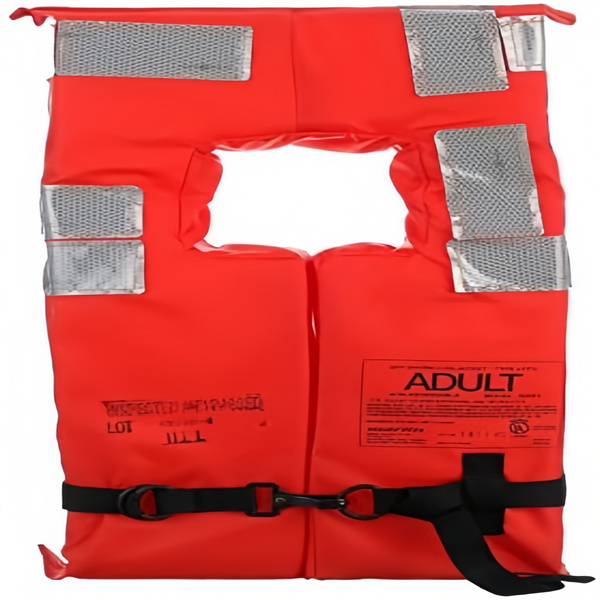
5. Communication and Navigation
- Radio and Signaling Equipment: Test radio and signaling equipment to ensure they are fully functional.
- Navigational Aids: Verify the presence and condition of navigational aids, such as compasses and lights.
6. Seating and Safety Belts
- Seat Integrity: Inspect seats for structural integrity and comfort.
- Safety Belts: Check safety belts for wear and proper operation.
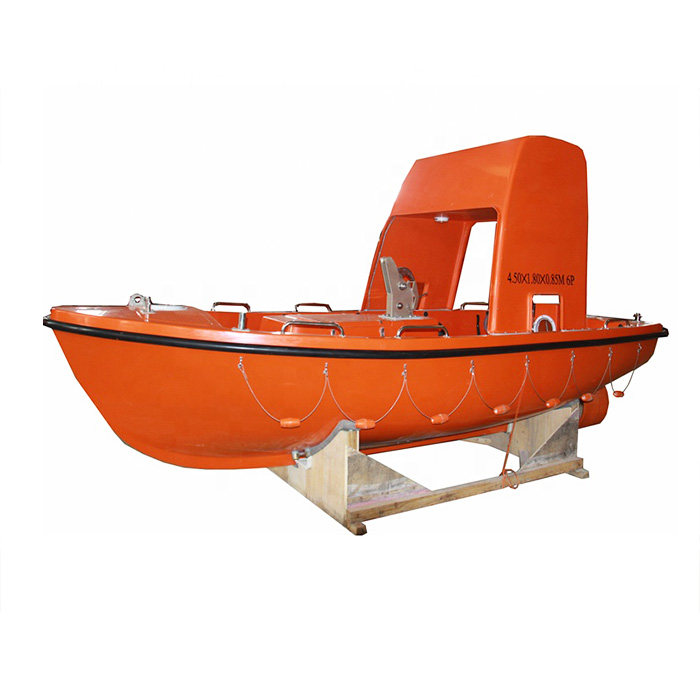
Inspection Protocols and Procedures in Marine Lifeboats
A structured inspection protocol ensures systematic and thorough maintenance of marine lifeboats.
1. Pre-Inspection Preparation
- Documentation Review: Review previous inspection reports and maintenance records to identify recurring issues.
- Safety Briefing: Conduct a safety briefing for the inspection team to ensure awareness of potential hazards.
2. Visual Inspection
- Exterior and Interior: Perform a thorough visual inspection of the exterior and interior of the lifeboat, noting any damage or irregularities.
- Component Check: Examine all major components, including the hull, engine, safety equipment, and launching mechanisms.
3. Functional Testing
- Engine Start-Up: Test the engine to ensure it starts easily and runs smoothly.
- Launch Test: Conduct a simulated launch to verify the proper functioning of the davits, winches, and release mechanisms.
4. Detailed Reporting
- Inspection Report: Document all findings in a detailed inspection report, noting any issues that require attention.
- Maintenance Log: Update the maintenance log with actions taken and any parts replaced or repaired.
Challenges and Solutions of Maintenance and Inspection in Marine Lifeboats
Maintaining and inspecting marine lifeboats present unique challenges due to their critical role in emergency situations and the harsh marine environment in which they operate. Addressing these challenges with effective solutions is crucial to ensure the lifeboats’ readiness and reliability.
1. Harsh Marine Environment
Problem: Lifeboats are constantly exposed to harsh marine conditions, including saltwater, humidity, and temperature extremes, which can cause corrosion, wear, and damage to the lifeboat and its components.
Solution
- Protective Coatings: Apply specialized marine-grade paints and coatings to prevent corrosion and damage.
- Regular Cleaning: Implement routine cleaning schedules to remove salt and debris from the lifeboat’s surfaces and components.
- Material Selection: Use materials and components that are specifically designed to withstand marine environments.
2. Limited Access and Space
Problem: Lifeboats are often stowed in confined spaces on ships, making it difficult to access all areas for maintenance and inspection.
Solution
- Compact Tools: Utilize compact, portable tools that can be easily maneuvered in tight spaces.
- Modular Components: Design lifeboats with modular components that can be removed and serviced individually.
- Scheduled Downtime: Plan maintenance activities during scheduled downtime to allow for more thorough inspections and repairs without disrupting operations.
3. Regulatory Compliance
Problem: Keeping up with constantly evolving international maritime safety regulations and ensuring compliance can be challenging.
Solution
- Regular Training: Provide continuous training and updates for personnel on current regulations and compliance requirements.
- Documentation Management: Use digital systems to manage and track compliance documentation, making it easier to update and retrieve information.
- External Audits: Conduct regular external audits to ensure adherence to all regulatory standards and identify areas for improvement.
4. Wear and Tear
Problem: Frequent use, especially during drills and training, can lead to accelerated wear and tear on lifeboats and their components.
Solution
- Routine Inspections: Perform routine inspections after each use to identify and address wear and tear immediately.
- Quality Parts: Use high-quality, durable parts designed to withstand repeated use.
- Scheduled Maintenance: Establish a rigorous maintenance schedule to replace worn components before they fail.
5. Complex Systems and Technology
Problem: Modern lifeboats are equipped with advanced technologies and complex systems, which require specialized knowledge and skills for maintenance and repair.
Solution
- Specialized Training: Provide specialized training for maintenance personnel on the specific technologies and systems used in the lifeboats.
- Manufacturer Support: Collaborate with lifeboat manufacturers for technical support, training, and access to proprietary information.
- Technical Manuals: Maintain up-to-date technical manuals and troubleshooting guides for all lifeboat systems.
6. Human Error
Problem: Human error during maintenance and inspection can lead to overlooked issues or improper repairs, compromising the lifeboat’s reliability.
Solution
- Standardized Procedures: Develop and implement standardized maintenance and inspection procedures to minimize the risk of human error.
- Checklists and Protocols: Use detailed checklists and protocols to guide maintenance activities and ensure all critical areas are inspected.
- Quality Control: Establish a quality control system with oversight and double-checks to verify the accuracy and completeness of maintenance work.
7. Limited Availability of Spare Parts
Problem: Obtaining spare parts for lifeboats, especially in remote locations, can be challenging and lead to delays in maintenance and repairs.
Solution
- Inventory Management: Maintain an inventory of critical spare parts on board and at key logistics centers to ensure quick availability.
- Supplier Relationships: Develop strong relationships with suppliers to facilitate rapid procurement of parts.
- Standardization: Where possible, standardize parts and components across the fleet to simplify inventory management and reduce the variety of spare parts needed.
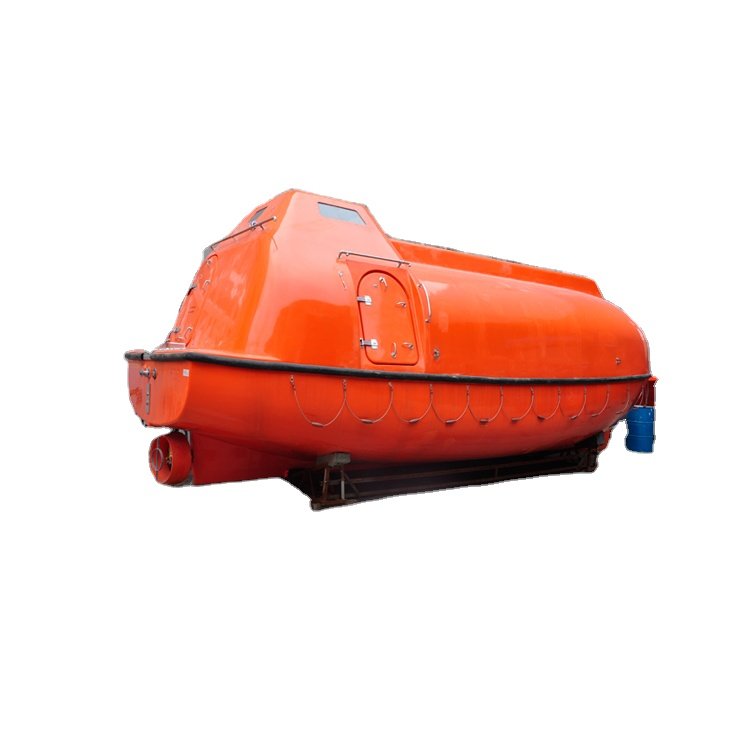
Future Innovations for Maintenance and Inspection in Marine Lifeboats
The future of maintenance and inspection in marine lifeboats is poised to integrate advanced technologies and innovative practices to enhance efficiency, accuracy, and safety .
1. Advanced Monitoring Systems
Smart Sensors
- Integration: Utilize smart sensors embedded in critical components of lifeboats to monitor real-time performance metrics such as engine health, structural integrity, and environmental conditions.
- Data Analytics: Analyze sensor data to predict maintenance needs, detect anomalies early, and optimize maintenance schedules based on actual usage and conditions.
2. Remote Monitoring and Diagnostics
IoT and Connectivity
- Remote Access: Implement Internet of Things (IoT) technologies to enable remote monitoring and diagnostics of lifeboat systems from shore or onboard vessels.
- Cloud-based Solutions: Store and analyze data in cloud-based platforms to facilitate proactive maintenance and immediate response to issues.
3. Autonomous Inspection Technologies
Unmanned Aerial Vehicles (UAVs)
- Drone Inspections: Use UAVs equipped with cameras and sensors to perform aerial inspections of lifeboats and hard-to-reach areas on vessels.
- Efficiency: Enhance inspection efficiency, reduce human risk, and provide high-resolution imagery for detailed analysis.
4. Robotics and Automation
Robotic Systems
- Underwater Inspections: Develop robotic systems capable of underwater inspections of lifeboat hulls and components, ensuring thorough assessment without dry-docking.
- Automation: Automate routine maintenance tasks, such as cleaning and lubrication, to improve consistency and reduce labor costs.
5. Predictive Maintenance Algorithms
AI and Machine Learning
- Algorithm Development: Utilize artificial intelligence (AI) and machine learning algorithms to analyze historical data and predict potential failures or maintenance requirements.
- Condition-based Maintenance: Shift from scheduled maintenance to condition-based strategies, optimizing lifeboat performance and reliability.
6. Augmented Reality (AR) and Virtual Reality (VR)
Training and Maintenance Support
- AR Applications: Use AR for maintenance guidance and training, overlaying instructions and real-time data on lifeboat components during inspections.
- VR Simulations: Provide immersive VR simulations for crew training in emergency procedures and lifeboat operations.
7. Materials and Coatings
Advanced Materials
- Nano-coatings: Develop advanced nano-materials and coatings that enhance resistance to corrosion and wear in marine environments.
- Durability: Improve the longevity and durability of lifeboat components, reducing maintenance frequency and costs.
8. Integrated Maintenance Management Systems
Digital Platforms
- Integrated Systems: Implement comprehensive digital platforms for lifecycle management of lifeboats, including maintenance scheduling, inventory management, and regulatory compliance.
- User Interfaces: Design intuitive user interfaces for easy access to maintenance records, inspection reports, and compliance documentation.
Conclusion
The maintenance and inspection of marine lifeboats are crucial components of maritime safety. Regular and thorough checks ensure that lifeboats are ready for use in emergencies, thereby safeguarding the lives of crew members. Through adhering to structured protocols and best practices, maritime operators can ensure compliance with safety regulations and enhance the reliability and longevity of their lifeboats.

